ESSAY/OPINION
Historical Lisbon, Global City*
The public interventions of urban requalification, the discourses that sustain them and their implications
Architect and PhD student ISCTE-IUL; Researcher in urban studies
A number of recent projects and architectural works have been shaping the urban space of the Lisbon city centre. From Cais do Sodré to Terreiro do Paço, the whole area by the Tagus is reconfigured, opening to the river and the rest of the urban fabric. Campo das Cebolas, now under reconstruction, will follow. In Baixa, Rua da Vitória was covered by slabs of Lioz limestone, signaling its current relevance to the Pombaline grid as a crossing between the subway station and the new lift to the Castle. To the north, sidewalks are extended, new trees are planted, transforming the landscape in the areas of Avenida Fontes Pereira de Melo, Praça Duque de Saldanha and Avenida da República.
Turning to the discourses that underpin these public interventions of urban requalification, this text will address the way in which they take part in strategic heritage thematisation; the city's international promotion, contribute to the economic valuation of the land, supporting the current socio-spatial segregation dynamics that lie over Lisbon. At the same time, we will examine how these strategies, emphasising the historical dimension of the now reclassified urban landscape, seem to assume some continuity with the way the Estado Novo used the territory - it is true, however with very different objectives. That is not what is at stake here, but rather the way of operating on the fabric of the city.
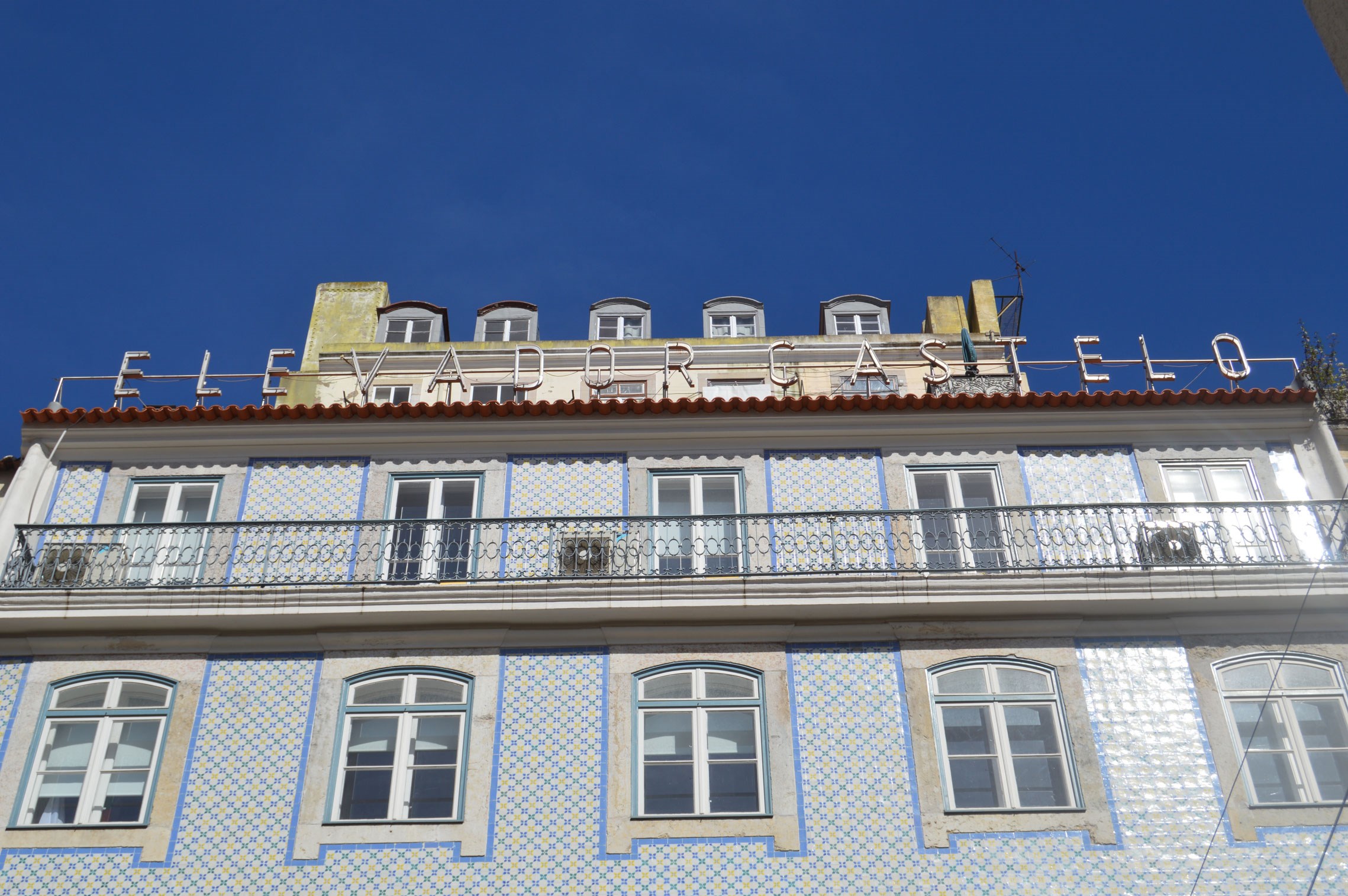
Urban regeneration in the city brand. Once again, history as a motto
Integrated in to a grand gesture that the mayor of Lisbon, Fernando Medina, calls the "Lisbon City Council's effort to revitalise the city" 1, these works form concrete urban spaces presented as an expression of the Council's social responsibility, of its contribution to the financial appreciation and dynamisation of the city's public space. They are thus politically legitimised as actions of the Council for the benefit of all inhabitants when, we believe, they are truly a source of symbolic legitimation of political institutions before the citizens. They contribute to the realisation of a cosmopolitan city vision that offers its uniqueness, recoded to ensure its immediate recognition to an international middle class, as an arena for a variety of urban experiences, whether they are cultural, entertainment or leisure. They participate in this conceptual apparatus that exploits the city's image of exceptionality by endowing the urban fabric with a symbolic capital, resorting not infrequently to the evocation of the past as a way of marking it with a reinvented identity.
These interventions are then inserted in the context of urban regeneration which, in a particular way of organising the city under the aegis of late capitalism, has transformed the material and human landscape of cities, conceived as brands that compete with each other for the attraction of tourists and for the attention of the international financial investment.
Moreover, they summon the heritage dimension of the urban environment, emphasising heroic moments of its history, exhibiting the singularity of the popular culture that characterises it, as a surplus value in this intercity competition. With this narrative, they aim to attribute a particular significance to the fabric of the city: that of an exceptional place that evokes the relationship of those who experience it with a collective history. Even at the risk of focusing on an unapproachable theme, one question arises: doesn't this gesture remind us of the way that the authoritarian regimes in twentieth-century Europe operated in the territory? However, it radically differs on the ultimate purpose. If a nationalist ideology was served before, the commercial exploitation of the city is now served. Its historical theme is conceived as a way to enchant a global bourgeoisie and thus foster the movement of financial capital.
It is urgent, therefore, to focus on the articulation of discourses and practices in which these works are involved, their meanings and implications and the geometries of power of which they are inseparable from.
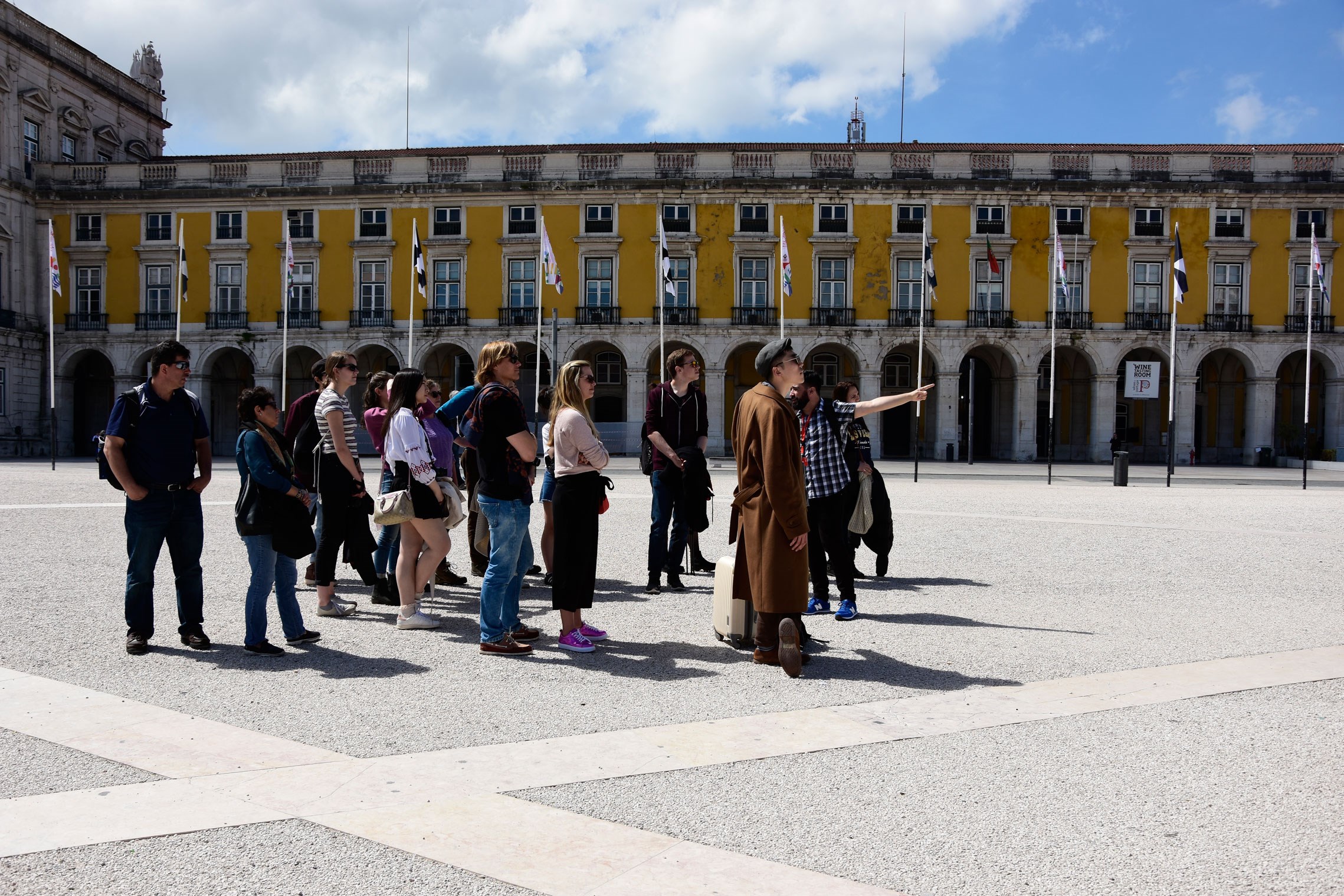
Riverfront: urban scenery for global consumption
It is stated in the General Plan of Intervention for the Lisbon Riverfront that its main objective is "to value the city of Lisbon in order to increase its competitiveness as a welcoming city for people, activities and investment. 2 " The strategy, based on the idea of returning the Tagus to Lisbon and assuming the transfer of the port infrastructure away from the city centre, consists in the reconstruction of the river bank that links the city and the river. It is also associated with the creation of a brand that makes it recognisable, "Lisbon, Tagus and All", and that simultaneously puts it in a particular system of consumption, that of tourism. Conceived in its whole as a public space, it will guarantee a visual relation to the rest of the urban fabric; it will host cultural, sporting and recreational events, a commercial and catering area, and will have infrastructure to support cruise tourism 3. This Plan expresses the idea of constructing an urban scenery ready to be consumed by an international middle class that collects urban experiences, by the cultural tourism that uses up the cities, and which is expected to be desired by global investment. A sign of the dematerialisation of the city's new sources of economic growth, displaced from productive activities that sustained growth in previous decades, currently focused on enhancing urban land and the activities that can promote it. Given the fragile economic situation of the majority of the population following years of austerity, it is thus imperative for the neoliberal city to turn to a global bourgeoisie.
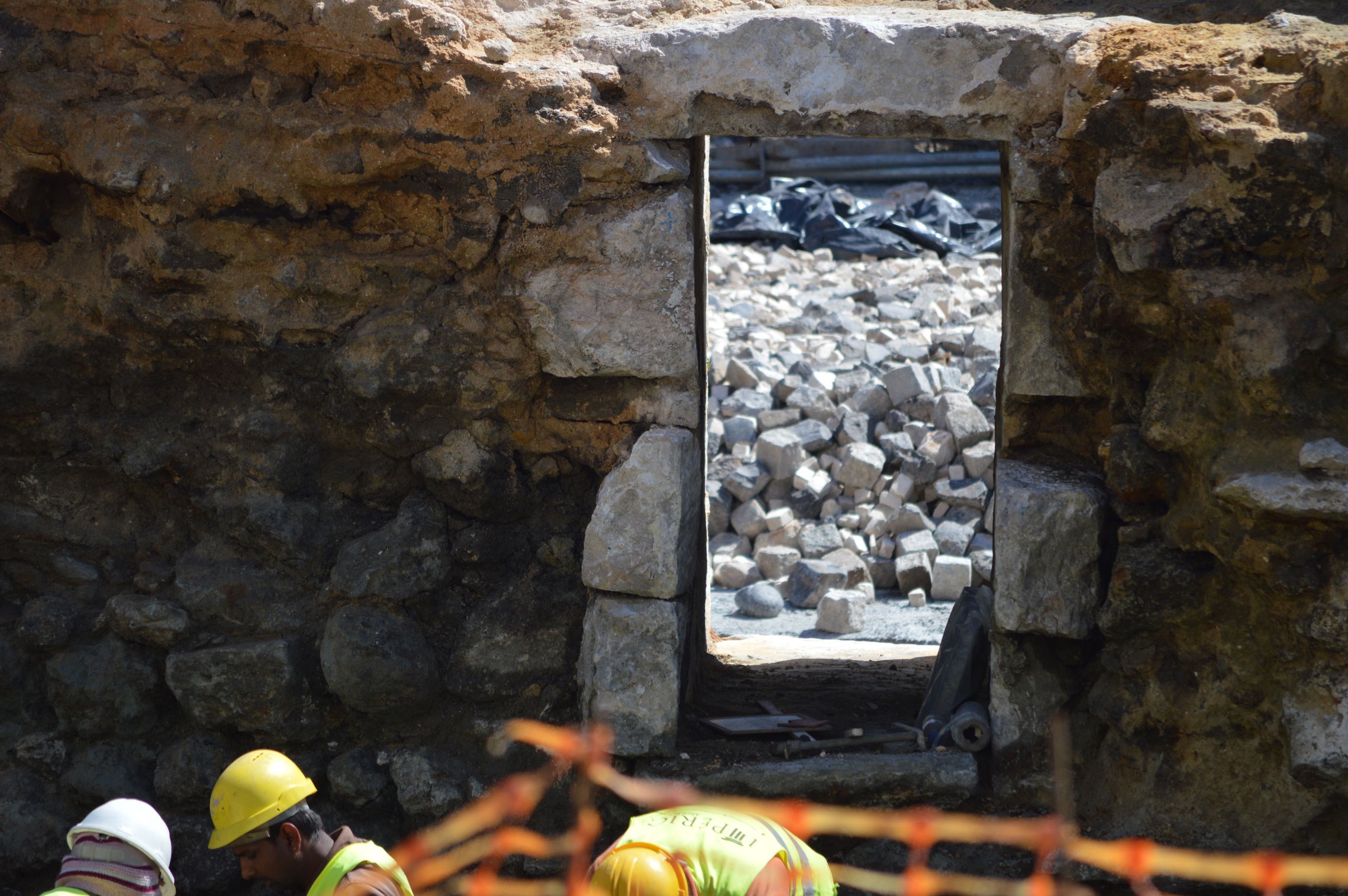
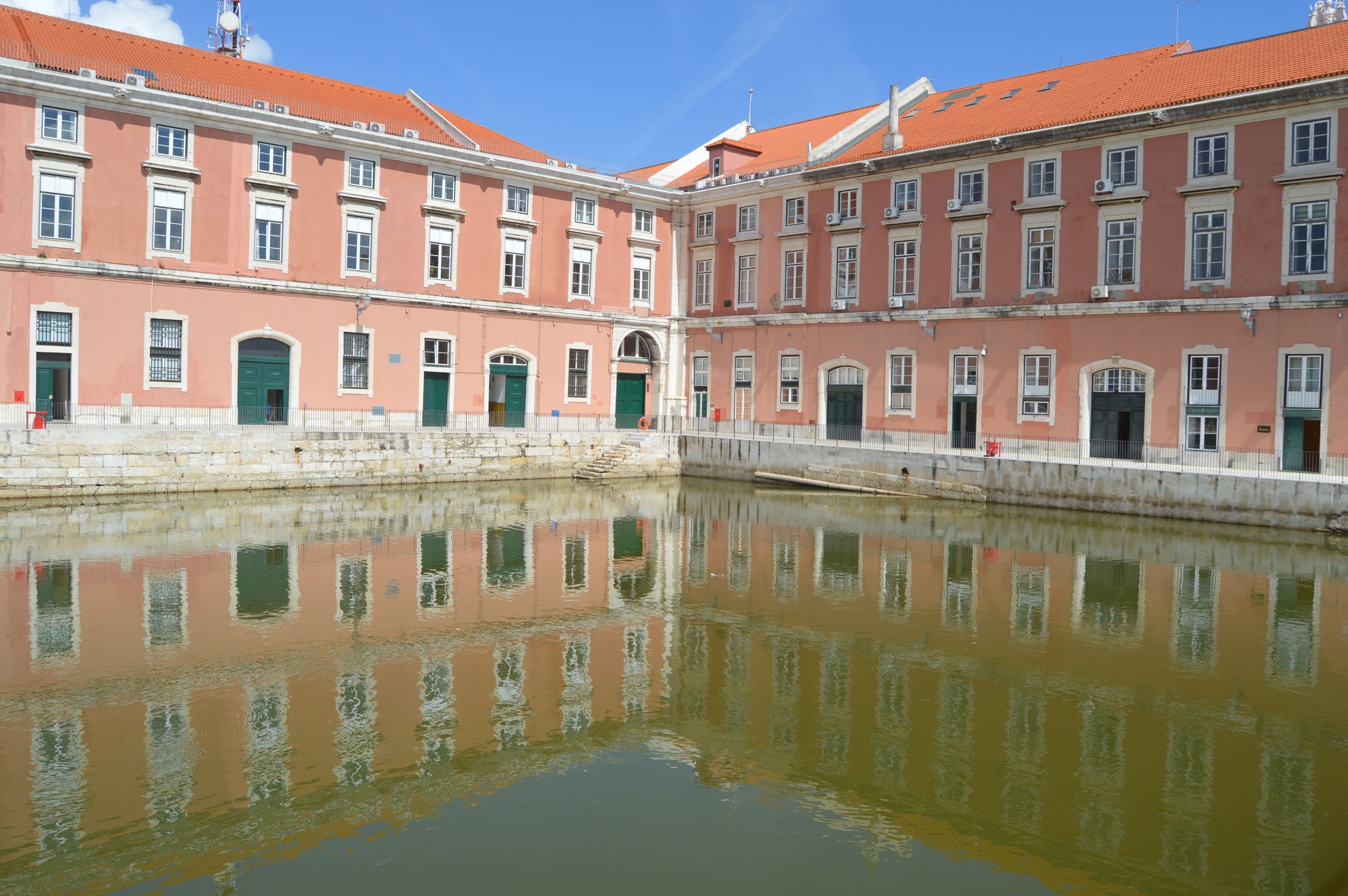
Ribeira das Naus: Heritage status of the urban landscape
The Plan was started in the centre of Lisbon, between Cais do Sodré and Campo das Cebolas. If the requalification of Terreiro do Paço and Cais do Sodré resulted from invitations to Bruno Soares, interventions in Ribeira das Naus and Campo das Cebolas resulted from public tenders 4.
We should look at the 'new' Ribeira das Naus, inaugurated in July 2014, keeping in mind the interview that João Gomes da Silva, one of the authors of the project, gave to Alexandra Prado Coelho, for the Público newspaper 5.
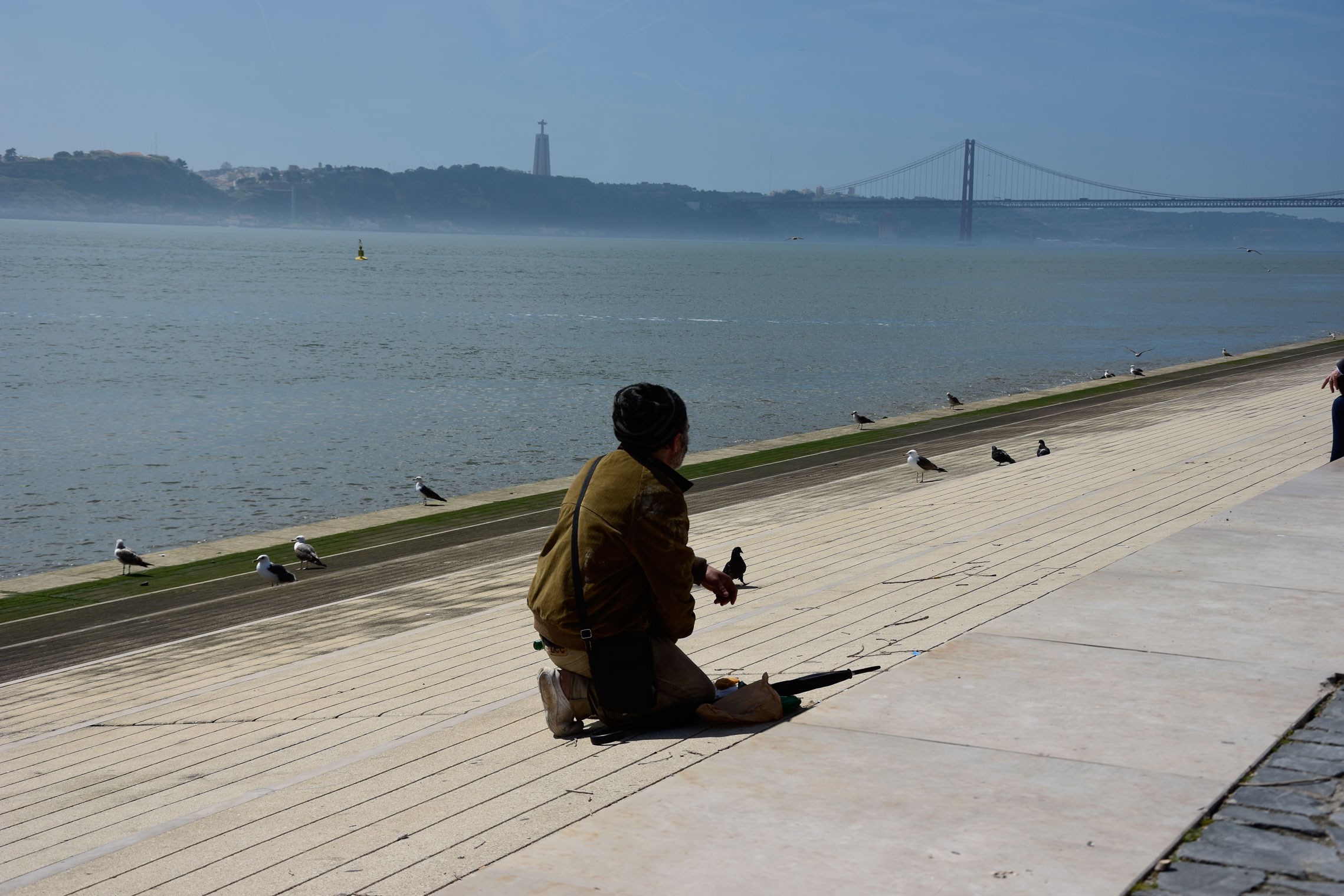
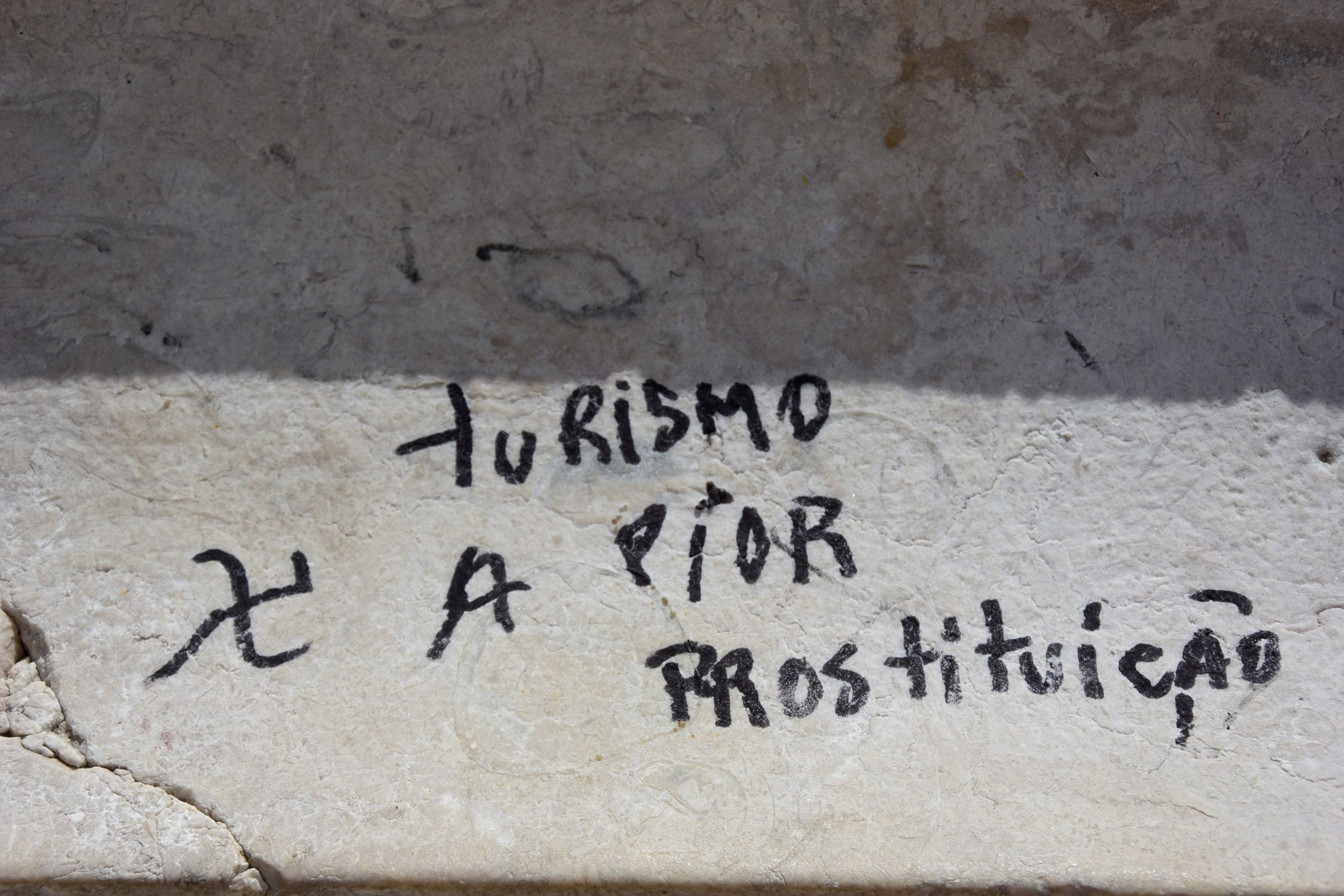
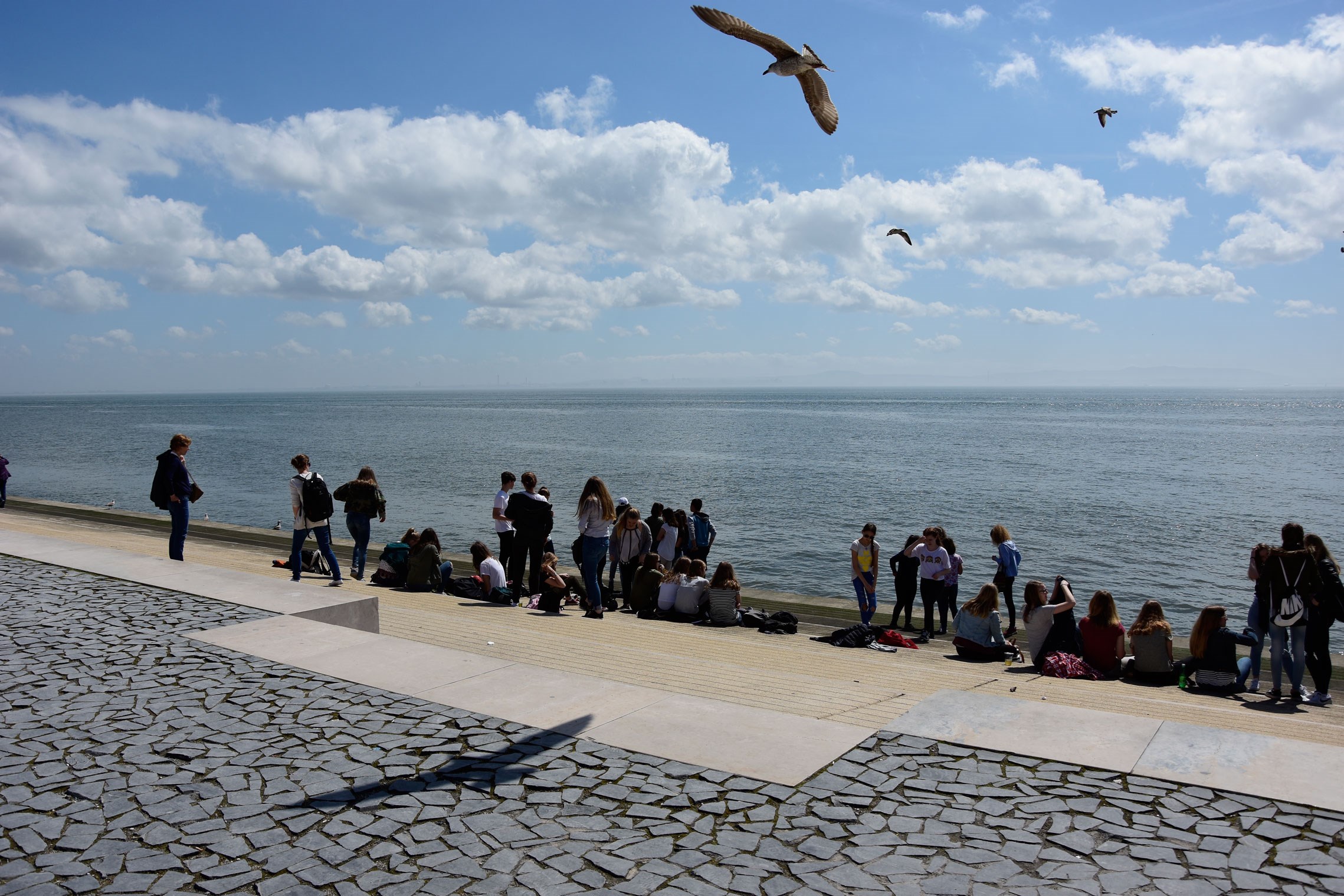
Excavating archaeological remains, making them visible and putting them in tension with the language introduced in the design of the public space, the landscape architects João Nunes and João Gomes da Silva redefined the area between the Terreiro do Paço and Praça Europa, reinventing simultaneously the space of the Ribeira das Naus from the unravelling of the different times that make up that place. The banks were realigned gaining space from the river, thus enabling the revealing of the dry dock and the Caldeira quay, this last one as a mirror of water to the taste of the Tagus tides. The encounter with the river is made through broad stone steps, that incline towards it, evoking the idea of river beach. In a space that is also of transit, conditions are created for new ways of experiencing the river bank. Invisible, under this space, is the underground tunnel and the largest pumping station on the Lisbon riverfront.
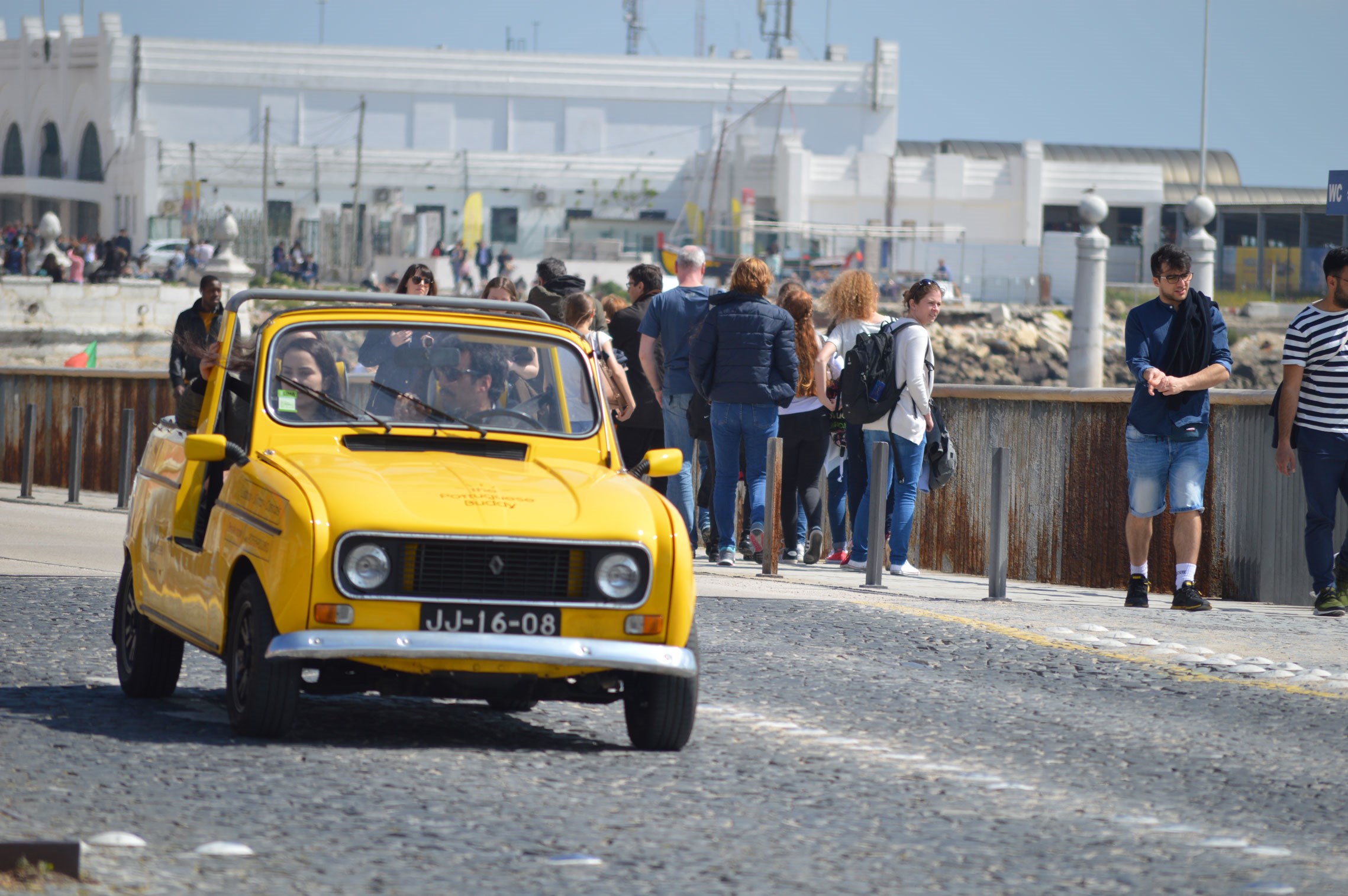
In an interview with Alexandra Prado Coelho, João Gomes da Silva talks about the relationship between Lisbon and the river, questioning the widespread idea that Lisbon has turned its back on it, "people from Lisbon also work in the ports ... they came here to work or to shop." In fact, this idea, so widespread in the last decades, completely ignores the port activity. Lisbon always had a functional relationship with the Tagus, and precisely because of it, this other optic, associated with leisure, was annulled.
The architect recalls the Exhibition of the Portuguese World (1940) as the opening moment of this scenario of situations and places for the contemplation of the Tagus. "The exhibition is nothing more than a great celebration of the river. Urban and industrial fabric was destroyed to build a space for celebration, as happened later with the Expo-98. "
The reconfiguration of the Ribeira das Naus is part of this genealogy. The revealed structures, without functional value, assume a process of exhibition that serves to construct a symbolic meaning of that piece of bank, evoking the past, the history. It corresponds, however, to a different articulation of temporalities registered in the territory. It recalls the memory of the arsenal and docks that had been there for several centuries, whose obliteration happened when the tangential avenue was ripped down as a way of making the idea of a modern city concrete, simultaneous with the displacement of the Arsenal to the Alfeite, around 1940, and with it the possibility of worker revolts in the city centre.
Throughout the interview the architect explores this issue. Assuming memory and history as very powerful instruments for reinventing the urban landscape and the perspective of the future, evoking the philosopher Giorgio Agamben and the notion that archaeology will be the only possible access to the present. He speaks of how the cultural construction of the urban fabric has been thought of over the ages, with its patrimonial increased value beyond any utility, as a place "capable of activating our relationship with the community, the history, the collective." He refers once again to the policies of the Estado Novo and to the fictional way in which the urban fabric was intervened, at the service of an ideology; he recalls that the Castelo de S. Jorge and Alfama, as we see them today, are cultural constructions of that time.
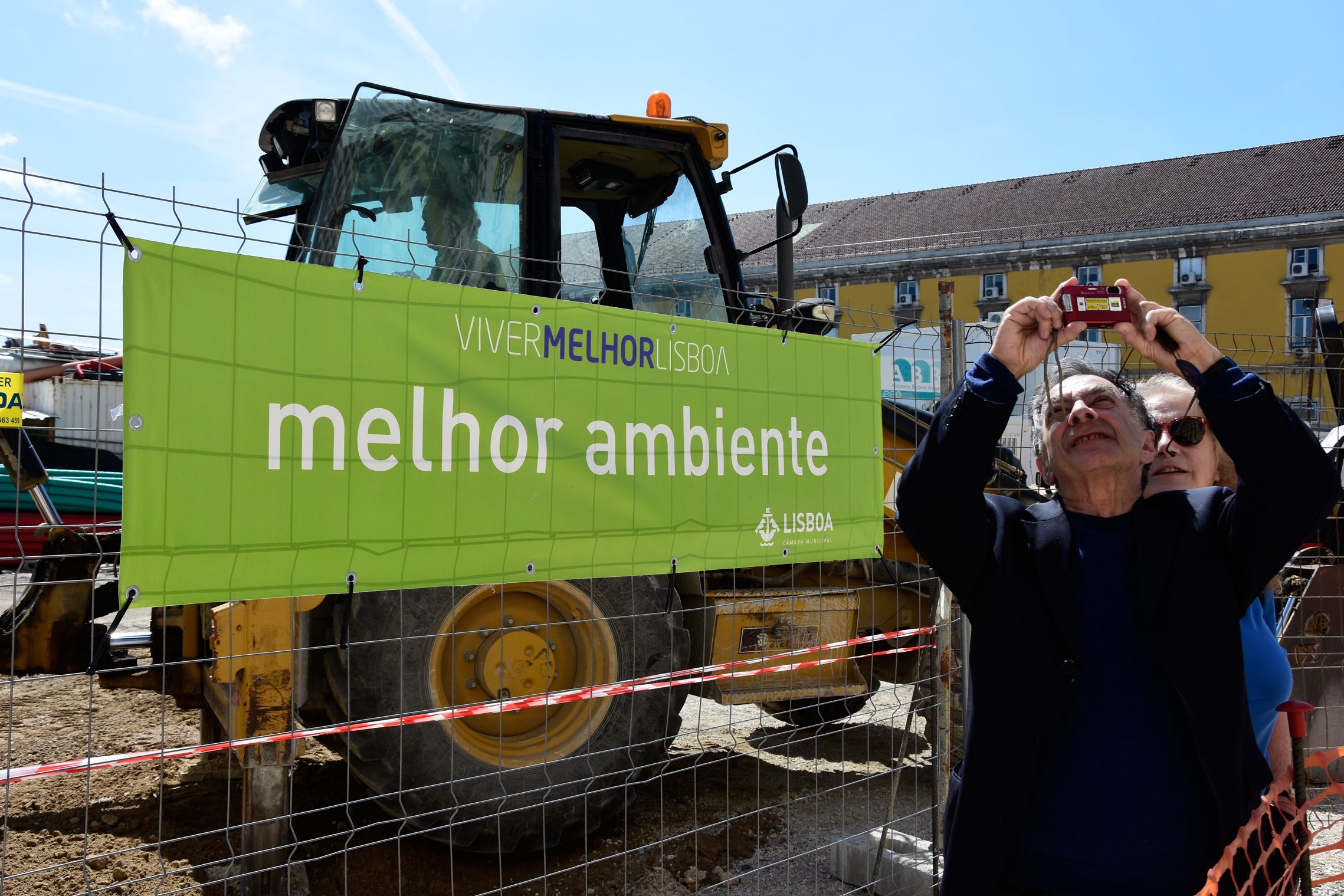
The requalification of the urban fabric by the evocation of its history
We risk here to continue this analogy between the way the city is used by the current impetus of cosmopolitanism linked to the attraction of tourism and capital - embodied in urban regeneration - and the way it was used by the cultural policies of the Estado Novo. These had, then, a completely different purpose, that of the artificial reinvention of a national identity in the light of its ideology.
Both are examples of the requalification of the urban fabric by the evocation of its history.
If at the beginning of the 1940s nationalism was promoted in this way, and in the context of a war in Europe with the imminent invasion of the country "lacking an army, lacking guns (...) all the past of Portugal blocked the way 6", in contemporary times the historical theme associated with the city, which encompasses not only heritage but also the environment, food and popular cultural practices, it inevitably ends up transforming it into a product for commercial consumption.
The city's recent application for the World Heritage List, "Historical Lisbon, Global City", is the epitome of this gesture. It emphasises the singularity of its urban landscape, presenting it as a palimpsest that interweaves different layers "a testimony to the influences, both tangible and intangible, of the different peoples and cultures that converged there (...) an outstanding example of the globalisation initiated by the 15th-century Portuguese voyagers 7." It mentions the 'glorious' moments in history, the crossing of cultures, aiming for the museological validation of the city that will promote its immersion in the tourist consumption.
In fact, heritage and tourism operate in a complementary way; the latter dictating the dynamics of the classification of the former; both emanating from a neoliberal logic that governs the cities today.
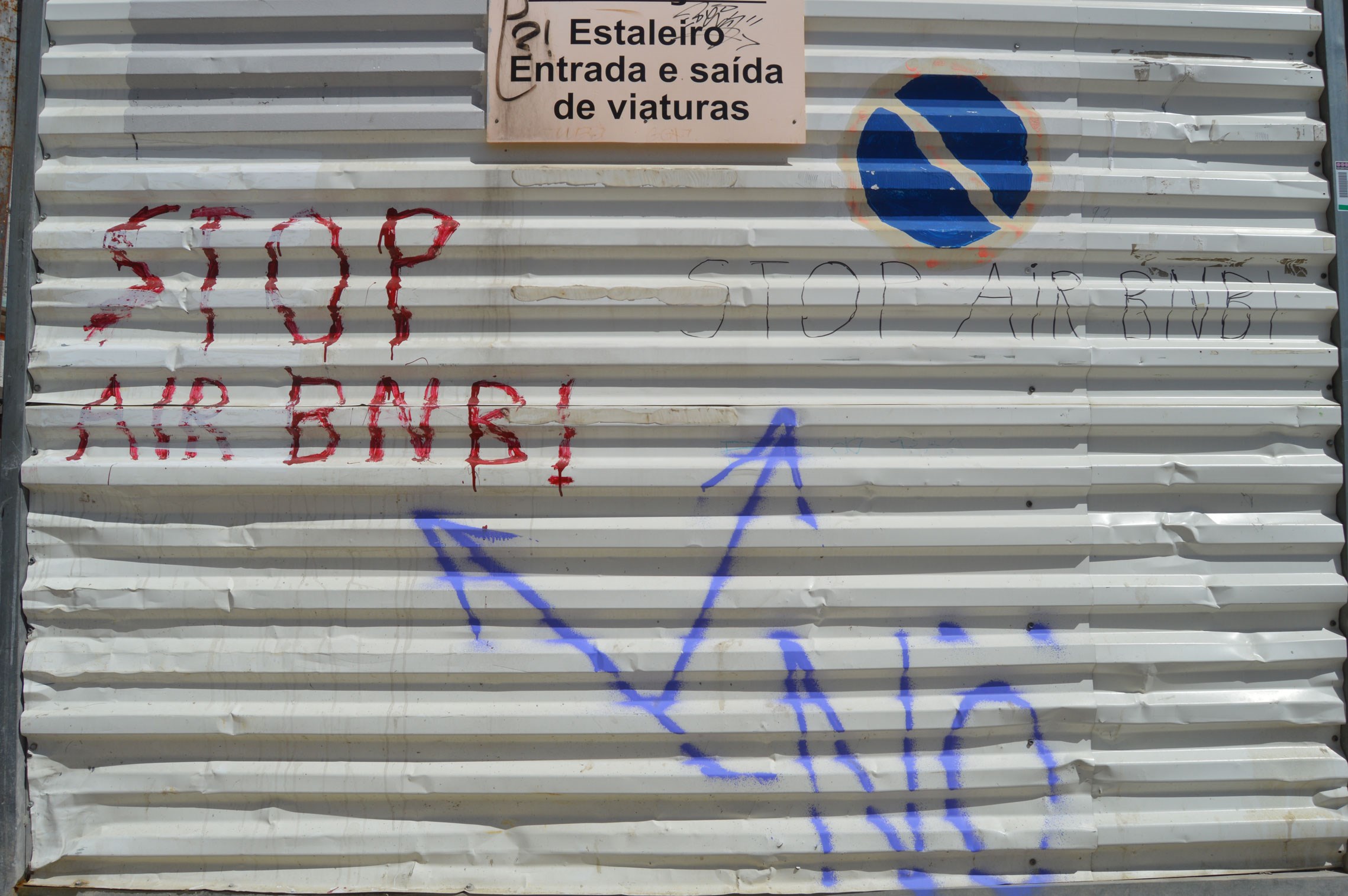
The relationship between urban regeneration and territorial inequality
On the other hand, both seek to constitute themselves as spaces of institutional representation, places in which the ideological apparatus of the State wants to be reified, momentarily denying "the asymmetrical nature of the social relations it governs and at the service of which it acts. 8"
One can easily see this in the case of the Estado Novo's urban policies: through the fictional reconstruction of monuments and the construction of symbolic urban spaces, choreographed a cult of memory guided by the "unique history" developed by António Ferro, promised to strengthen modern Portugal 9. It is apparently more difficult to understand this current "effort to revitalise the city 10" by the council with a focus on public spaces and facilities, accessible to all inhabitants, places "that everyone can own but cannot claim as property, 11" as the material extension of an ideology. But in view of the current economic and social context, driven by an intense movement of global capital towards the Lisbon real estate market, particularly housing, and the implications it brings to the lives of the inhabitants, we have a glimpse of a possible association. This movement results from the international situation, but also from the intervention of the State, as well as the creation of programs to support foreign investment. This is embodied in the Tax Regime for Non-Habitual Residents and in the Golden Visa Portugal (Resident Visa for Investors) and in the design and use of legal instruments aimed at boosting the housing market that facilitate private investment in urban regeneration processes, such as the changes to the Legal Framework of Urban Leasing 12 that introduces the liberalisation of this market. These public interventions in the city centre imply an appreciation of space, not only in the sense of the formal quality that one wishes to attribute to it through the urban design, but also in the more prosaic sense of the profitability of the land. Under the illusion of constructing spaces capable of "activating our relationship with the community, the history and the collective, 13" this "Lisbon City Council effort to revitalise the city 14" hides the territorial inequality it fosters. How many people were forced to leave the central areas of the city because they did not have the financial requirements to cope with the rent? Who can buy the rehabilitated houses? ◊
* Name for the for Tentatives List for Unesco World Heritage Site